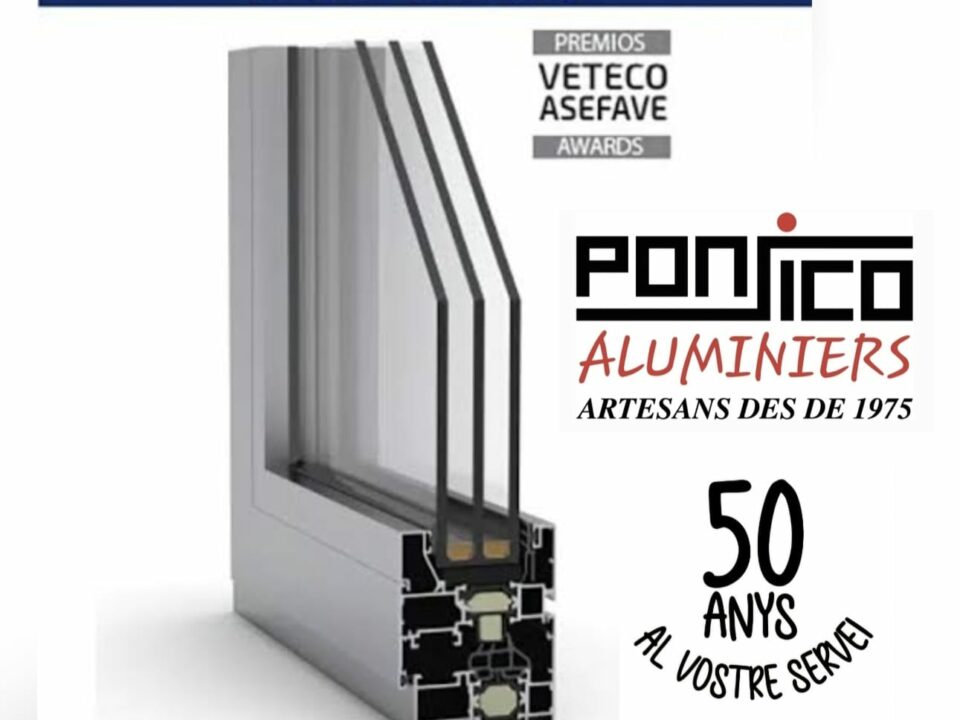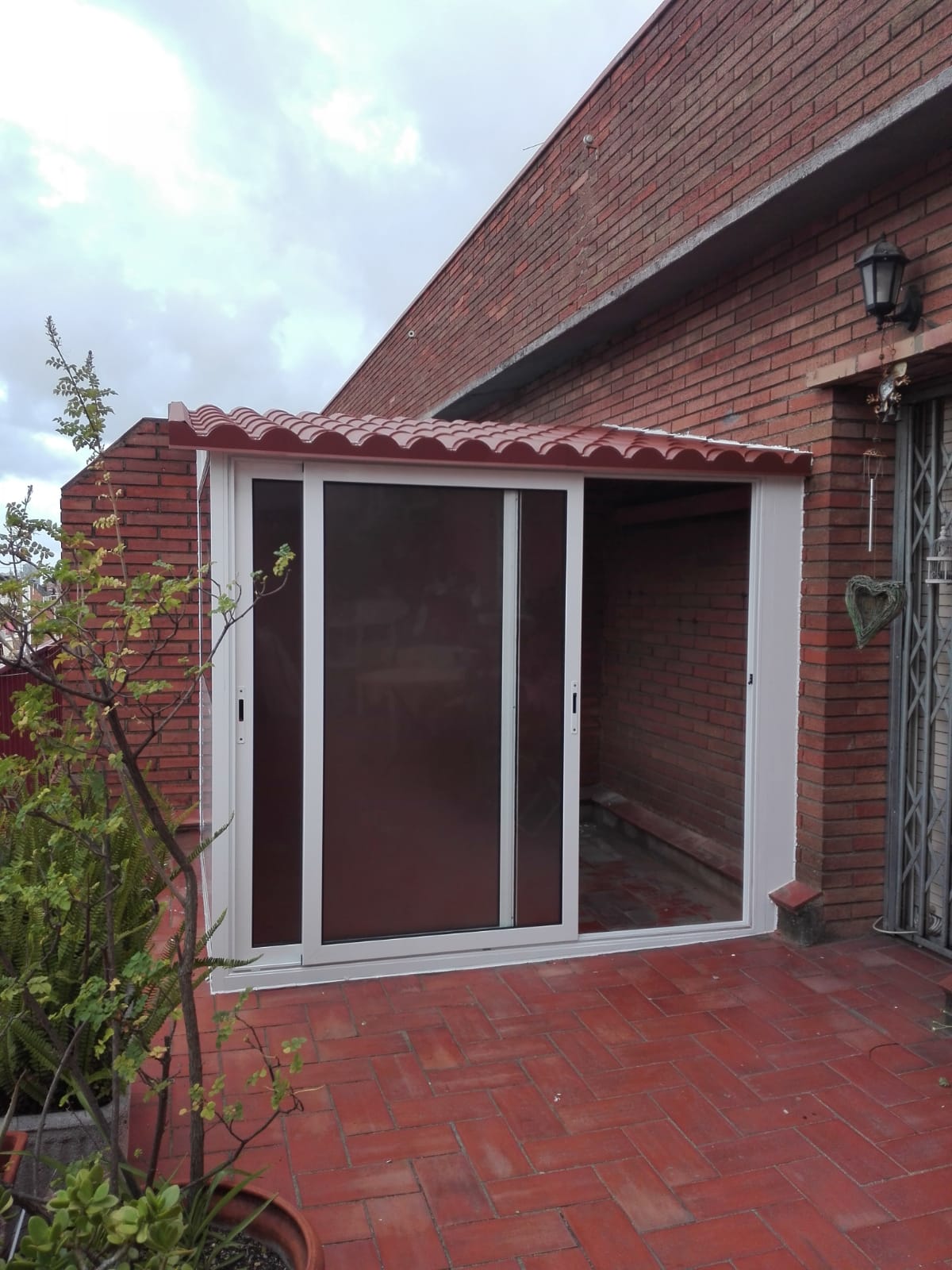
External enclosure with opaque glass and tile roof
27 November, 2020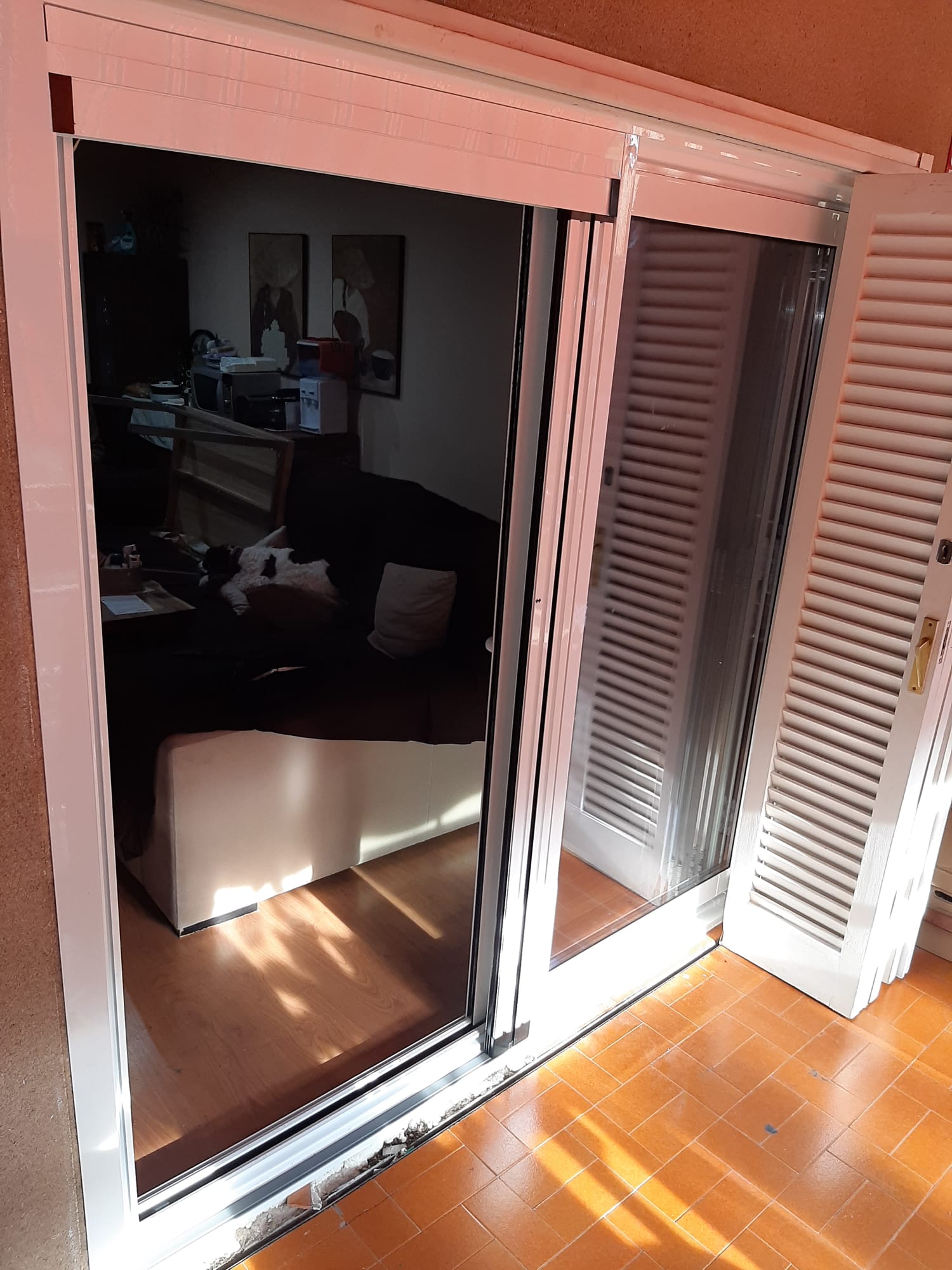
Balcony installation in Barcelona
2 December, 2020If you have been in the construction industry, you probably know the term thermal bridge, also known as cold bridges or heat bridges. In an airtight and insulated house, thermal bridges can represent a heat loss of up to 30%.
Thermal bridges should be avoided whenever possible. Proper planning, design and construction are essential to help identify and remedy this problem. During construction, care must be taken to ensure that no thermal bridges are created at any stage of this process.
In this Blog, we will examine thermal bridges more closely and why they should be avoided altogether.
So what exactly is a thermal bridge?
Thermal bridges generally occur when there is a break or penetration of the building envelope (e.g. insulation). Thermal bridges can be caused by a poor connection between the wall and the floor, the ceiling and the wall, or due to holes in the building envelope for pipes and cables, etc.
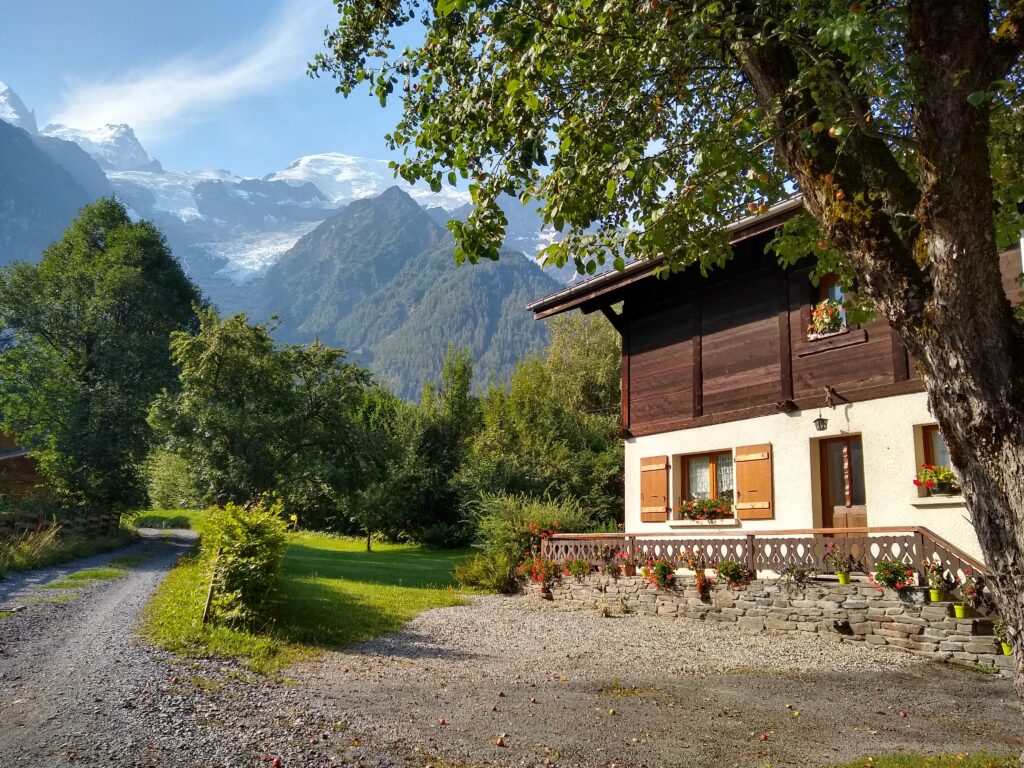
There are different classifications of thermal bridges:
Repeated thermal bridges
The repeated thermal bridges follow a pattern and “repeat” over an entire area of the building’s thermal envelope. Examples include steel wall studs used in wall construction, roof beams on roofs or a breakage caused by wooden frames when there is insulation between the studs.
Repeated thermal bridging is common and predictable, but can still cause a significant amount of heat loss.
Non-repetitive thermal bridges
Non-repetitive thermal bridges are the opposite. These thermal bridges occur periodically and are located where there is a break in the continuity of the building’s thermal envelope. Non-repetitive thermal bridges can also occur when materials with different thermal conductivity meet to form part of the envelope. Typical non-repetitive thermal bridges include openings around windows and doors, attic hatches and around other openings in the building envelope.
Geometric thermal bridges
As the name says, geometric thermal bridges are caused by the geometry of the building. Examples of this are the corners of the outer walls, the junction between wall and floor and between wall and ceiling and the junctions between adjacent walls. Geometric thermal bridges are most often produced with complex building shapes, so it is best to keep the overall design as simple as possible to reduce their occurrence.
Sealed and super-insulated houses are the most susceptible to the effects of thermal bridges, so they should be taken into account to avoid unnecessary heat loss. It can be more difficult to avoid thermal bridging in older houses when new energy efficiency measures, such as cavity walling or external insulation, are introduced.
Now that we know a little about the different types of thermal bridges, let’s look at some reasons why they should be avoided.
Reduction in insulation efficiency
Thermal bridges can have a more detrimental effect on buildings that are airtight and have high levels of insulation. As previously mentioned, thermal bridges can represent a heat loss of up to 30% when there are high levels of air tightness and insulation, which negates the positive effects these products have on a building.
The insulation is designed to work all year round, so it’s not just the heat loss during the winter that you need to worry about. Thermal bridges can cause increased heat gain during the warmer months of the year, which can lead to overheating of the interior space.
An increase in energy expenditure
Although the levels of heat loss can vary depending on the severity of the thermal bridges, it is best to design and construct buildings using a design without thermal bridges. Otherwise, you will spend more money on keeping the indoor air temperature at a consistent and comfortable level, defeating the purpose of installing energy efficiency measures in the first place. Insulation is an investment, so it must be designed, planned and installed correctly.
The increased risk of condensation, mould and rot
Thermal bridges can increase the risk of condensation on internal surfaces and even cause interstitial condensation within walls. Interstitial condensation can be dangerous as it cannot be seen from either the inside or outside of the building.
Condensation forms when the indoor temperature falls well below the dew point and the moisture in the warm air condenses into water droplets on the cooler surfaces. One of the main effects of condensation is the growth of mould. Unseen mould can grow out of control, causing indoor air quality problems and having negative effects on the health of the building’s occupants.
Condensation can also be related to decay and structural damage, so it is best to avoid it at all times.
Think of a design without thermal bridges
As mentioned above, the best way to avoid the negative effects of thermal bridges is to minimize them whenever possible. Although there will always be heat loss to some degree, with proper planning, design and construction, it is possible for a building to be considered virtually free of thermal bridges (when the thermal bridge coefficient is less than 0.01/W(mK)).
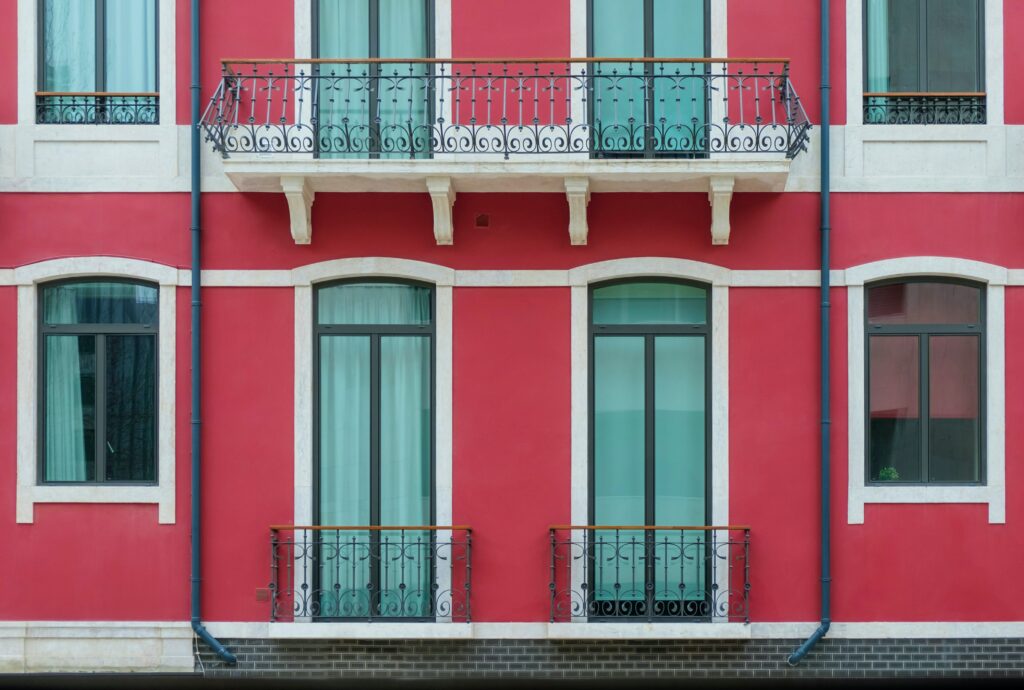
All persons involved in the construction of the building should take care to avoid thermal bridging. If a building has been designed to minimise thermal bridging, but the construction on site has not paid attention to detail, it may end up with problems anyway. It is important that people working on site are properly trained and understand the importance of building without thermal bridges. This includes knowing how different building elements and systems interact with each other and how they can contribute to heat loss and thermal bridging.
There are products and systems designed to help eliminate thermal bridges at common crossings, such as an insulated foundation system. These passive foundation systems can help eliminate the thermal bridge from wall to floor by wrapping the entire foundation in an EPS layer, ensuring that there are no interruptions in the continuity of the insulation. Exterior wall insulation systems can also be extremely effective in minimising cold bridging.
In addition to the installation of our enclosures with TB (Thermal Break), which ensure an essential gain when insulating a house both thermally and acoustically.
It should not matter whether you are building a new house or refurbishing an existing building, care should always be taken to minimise and eliminate unnecessary thermal bridging.



